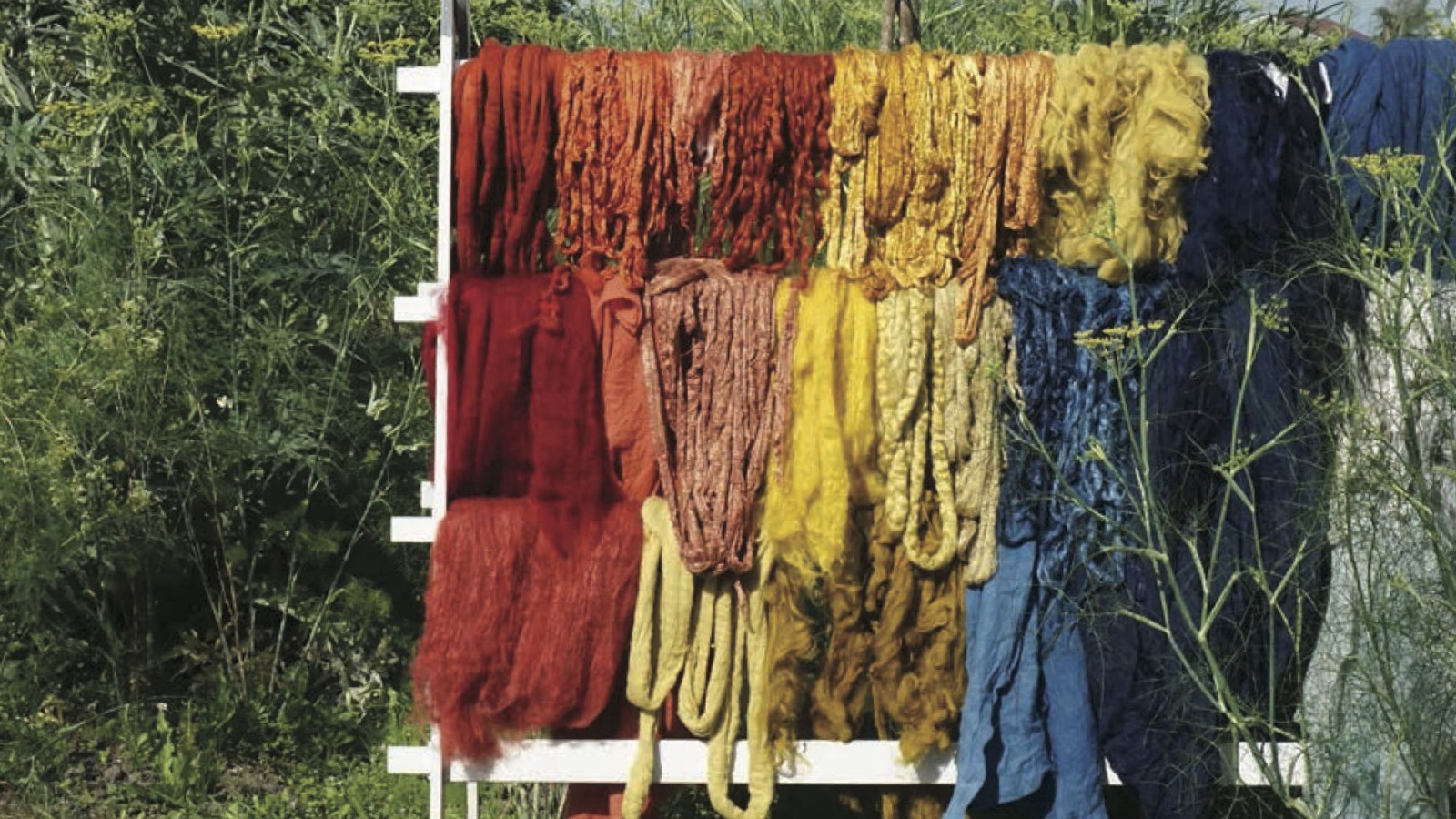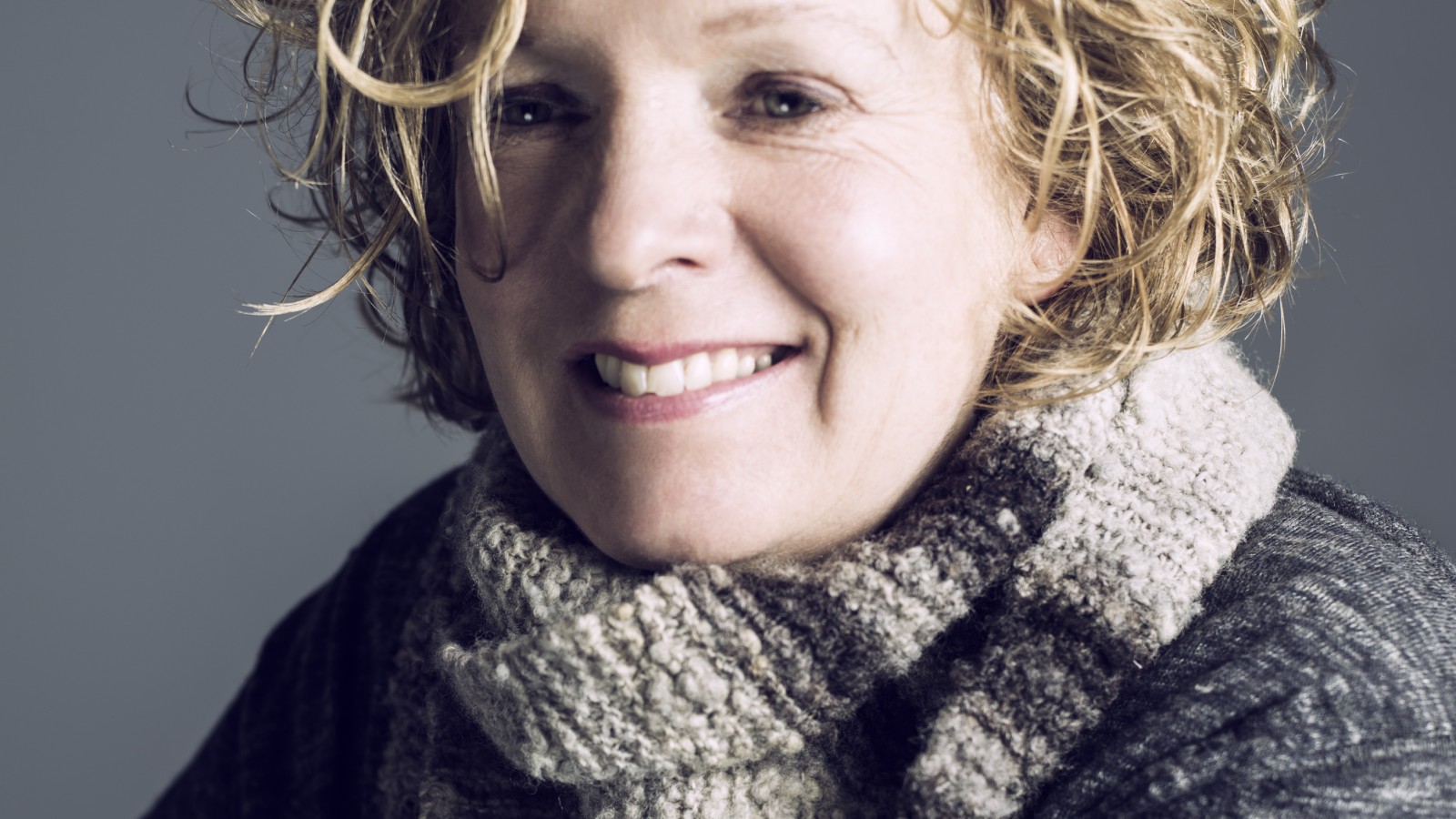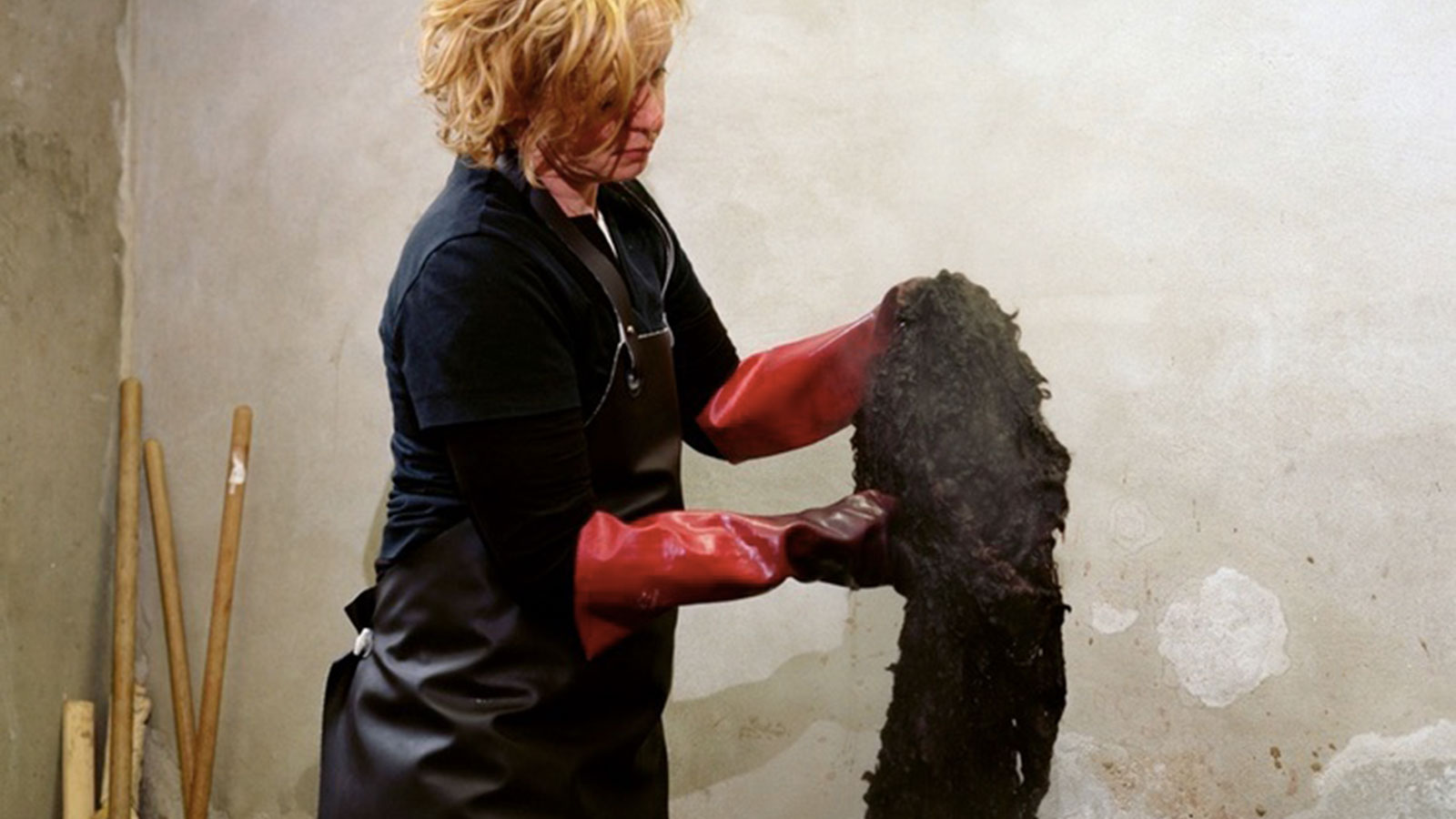Dutch shepherdess and textiles artist, Claudy Jongstra, talks to Arts and Gardens about the 21st century nature deficit and her garden for this year’s RHS Chelsea Flower Show.
You’re creating for Chelsea this year. Will garden-making be an ongoing part of your public work?
In a sense, it will be. Farm of the World – the project we are initiating during Leeuwarden European Cultural Capital 2018 – explores new and sustainable futures for the countryside. The centre and starting point of the project is an abandoned farm in Húns, a tiny village in Friesland. By bringing in people from all over the world to work together with the local resources, the Kreake becomes a production farm again – but this time, as an example of how creativity and cooperation can bring life to a formerly abandoned rural farm. This is of course not garden-making in the traditional sense, but we want to show the diversity and richness of what a small piece of land can produce: from biodynamic bouquets, ceramics, food, dyes, space etc. We want to create an example and inspiration for others.
And we will recreate the Honeysuckle Blue(s) garden we are making for the Chelsea Flower Show in Leeuwarden in 2018. So people who might not have the chance to visit the Chelsea Flower Show, can visit the garden in Leeuwarden during the whole year.
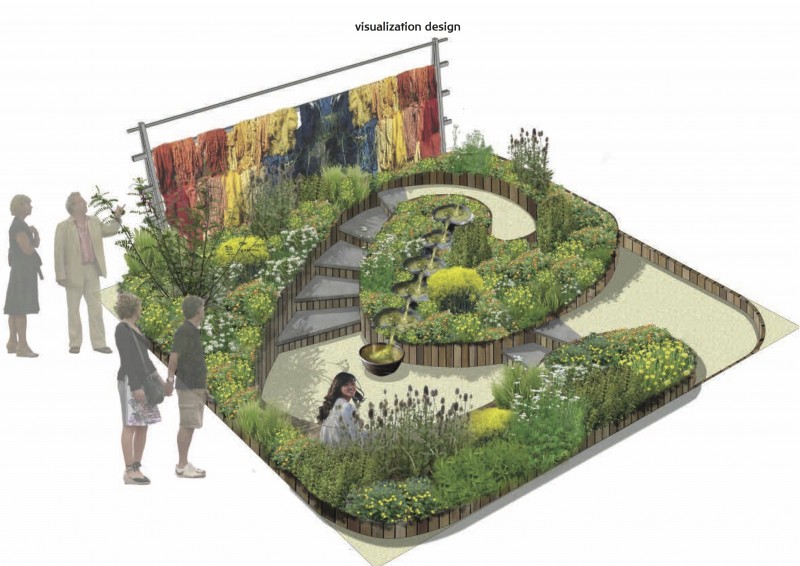
When did you first experiment with textiles and gardens?
I was originally trained as a fashion designer, so I have been involved in textiles for a long time. Around twenty years ago I visited a textile exhibition and came across a Mongolian yurt. It immediately clicked and I knew I wanted to work with felt. I quit my work and started experimenting with making felt. Years later I found out that natural / organic dyes held their colours much longer and have a far richer and more intense colour. Especially if they are organically grown. So we created a dye garden and now most of my dye plants are especially grown for me by farmers in the area. I also started working with the same flock of sheep, the Drenthe Heath Sheep, naturally herded by the Fryske Gea.
So my practice has been developing over the last twenty odd years and I am still perfecting things to this day.
Does your process for gardens differ to architecture?
Of course, but from time to time and they interact with each other. For example my own dye crop garden is totally different from the garden which will accompany the 1 room-hotel we are developing right now in Harlingen, which focuses on sustainability and reciprocity.
Is there a colour theory to your work?
The most important thing in my practice is to work in a closed eco-system, or to keep the footprint as small as possible. This resulted in organically grown plants, that also happens to give a more rich and intense colour. So it is not just common sense to try and work organically and leave a healthy earth for generations to come, it also produces better colours.
Your work involves a profound connection with nature. What dislocates people from their ‘ecological consciousness’?
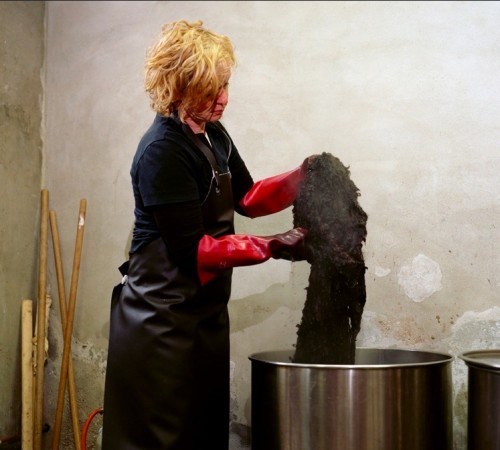
If you live in a city and buy your food sealed in plastic in supermarkets, you feel no connection to the living elements of plants and animals. We work a lot with students from all over the world. Also a lot of younger school kids come and visit the studio. They are all so very clever and quick, but many of them have never dug around in the soil of the earth, picked a bunch of flowers or made their own applesauce. When they visit the studio and see all the stages of my practice – the way a humble onion skin makes an amazing golden colour – and they see the final result in my art pieces, it often clicks. To take care of the earth and crafts that are almost extinct is important and so fulfilling.
How do we redress this nature deficit?
First and foremost, we need to put children back in touch with nature again – especially when they live in a city. And that starts with awareness of where our food comes from and how it is produced. We need to create school gardens, organise outdoor lessons, camping trips, anything outdoors. If they have dug up their own potatoes, chopped their own firewood, built an open fire and cooked the vegetables, they will always remember that when they buy vegetables in the supermarket. The same goes for adults, by the way. That’s why movements like urban gardening and guerrilla gardening are important, or initiatives like Jamie Oliver’s campaign for fresh food in schools.
Three artists in three words.
Joseph Beuys; material and inspiration from identical sources
Rothko; his intense and living colours
Wiliam Turner; the way he worked with light
Is there a period in Dutch garden history of particular interest?
Yes. I am inspired by what is called the Dutch Wave in gardens, which became well known through designers such as Piet Oudolf and Henk Gerritsen. In this view, perennials take centre stage in the garden and are chosen in accordance with the specific surroundings. It results in beautiful, diverse and almost natural looking gardens, such as the High Line in New York and Waltham Place in the UK. In the beginning, it was no more than a few like-minded designers and nurseries, but it grew to be one of the most influential movements of the last century.
Your wool is taken from your own flock of Drenthe Heath sheep. Apparently alpaca wool comes in 22 natural colours; the most of any wool-producing animal. Does this tempt you to diversify your flock?
My practice not only focuses on the final result, the art pieces. The act of making them, and all the stages before that, are equally important. So the choice of working with Drenthe Heath Sheep is a conscious choice. It is an ancient breed of sheep, the oldest of Europe and there are only a few left. My work is also about the promotion of bio-diversity and the preservation of natural and cultural heritage. Moreover they give wonderful, rather coarse wool which makes beautiful fibers once it has been carded.
Your favourite garden of the world. Why?
The Priona Gardens in Schuinesloot, in the Netherlands. These gardens are living proof that gardens are a part of nature and that gardening can contribute to diversity and show the beauty of nature in combination with creativity. Designed by an artist, Henk Gerritsen, who grew out to become one of the most influential garden designers of his time.
Your favourite garden plant.
The onion, because of it’s brilliant colour, wonderful flower, qualities in food and healing.
The garden you visit most.
My own vegetable garden. There is so much to observe – plants, insects.
What are your plans for the second half of 2016?
We are developing all kinds of activities with Farm of the World, my solo exhibition in the Fries Museum (Leeuwarden) will be on show until the end of this year and of course I will keep on making new works.
Interview published July 2016.

